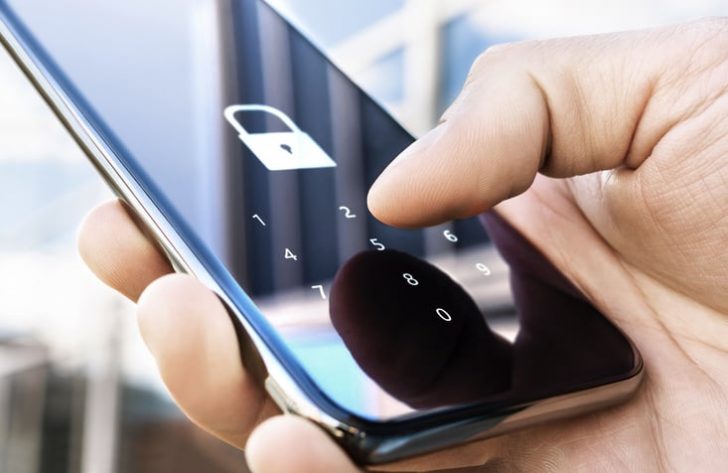In the outgoing year 2022, a research team at the University of Florida presented a “naive” technology in their annual symposium. The research team came up with a technology that allows others to hack into the touch-screen devices of others. Called “Invisible Finger,” this latest technology allows people to hack into other’s devices that have enabled their touchscreen.
As soon as this latest technology was introduced, hundreds and thousands of people complained that this will make their devices prone to hacking. Later on in 2022, the Institute of Electrical and Computer Engineering publicly recognized the discovery.

UFL News / The latest ‘Invisible Finger’ allow people to hack other’s devices that have enabled the touchscreen.
As the latest discovery became controversial and the public raised complaints, cell phone makers were most worried about it. Apart from cybersecurity officials, mobile phone manufacturers also took it with a pinch of salt. Citing “grave security issues,” they reached out to the researchers to find out the real issue with the discovery. Thus, the risk factor persists.
The Purpose of 'Invisible Finger' Technology
Upon investigation, the University of Florida researchers claimed that the research aims at “identifying the vulnerabilities” of security. In other words, the researchers argued that touchable devices - especially cell phones - are prone to hacking. If a mere software like the ‘invisible finger’ can let people access other’s devices, it remains a question of the security measures of the manufacturers. So, they put the blame on the shoulders of the manufacturers.

Andrea / Pexels / Shuo Wang, the leading member of the “Invisible Finger” discovery, argues that the purpose of the research is to “identify the weaknesses.”
Thus, the University of Florida researchers and the head - Shuo Wang - argued that this discovery is to highlight that cell phones are already prone to hacking. If we can make a technology that allows others to ‘hack’ into other’s phones, so can everyone else - Shuo Wang argued.
How Vulnerable are Cell Phones to Hacking?
Furthermore, Shuo Wang suggested that this discovery has one purpose: To let product makers know that the security issues of touchscreen devices. And this “weakness” should not be overlooked.

Andrea / Pexels / According to the “Invisible Finger Technology” researchers, cell phone makers need to make their securities stronger.
Essentially, the researchers have put a real question mark on the security measures of cell phone makers. The research is to prove that touchscreen devices are prone to hacking. Anyone can breach the data of others with a single movement of a finger is the argument here.
And that is true! Security is a real concern for cell phone users today. Essentially, this “Invisible Finger” technology is proof that touchscreen devices are prone to hacking at any part of the time. If cell phone makers do not take security measures for touchscreen devices, things can get alarming. And this ‘invisible finger’ technology is a proof of that.
So, cell phone makers need to take security measures seriously. They need to address the “weaknesses” as highlighted by the leading member of the research, Shuo Wang. Thus, both cell phone makers and cybersecurity officials are taking this novel discovery with a grain of salt. As risky as this technology may sound, it highlights how vulnerable cell phones are to hacking.

